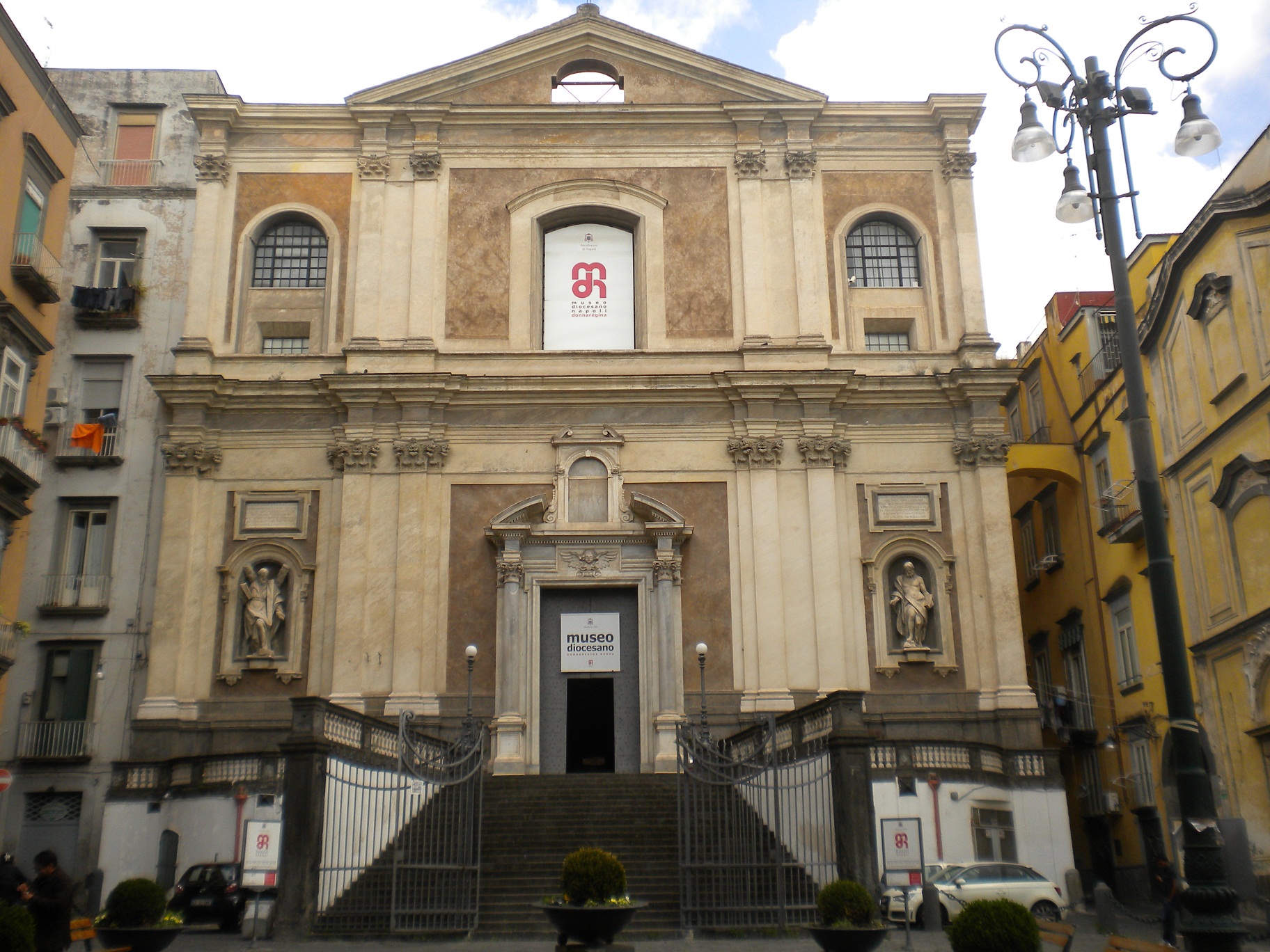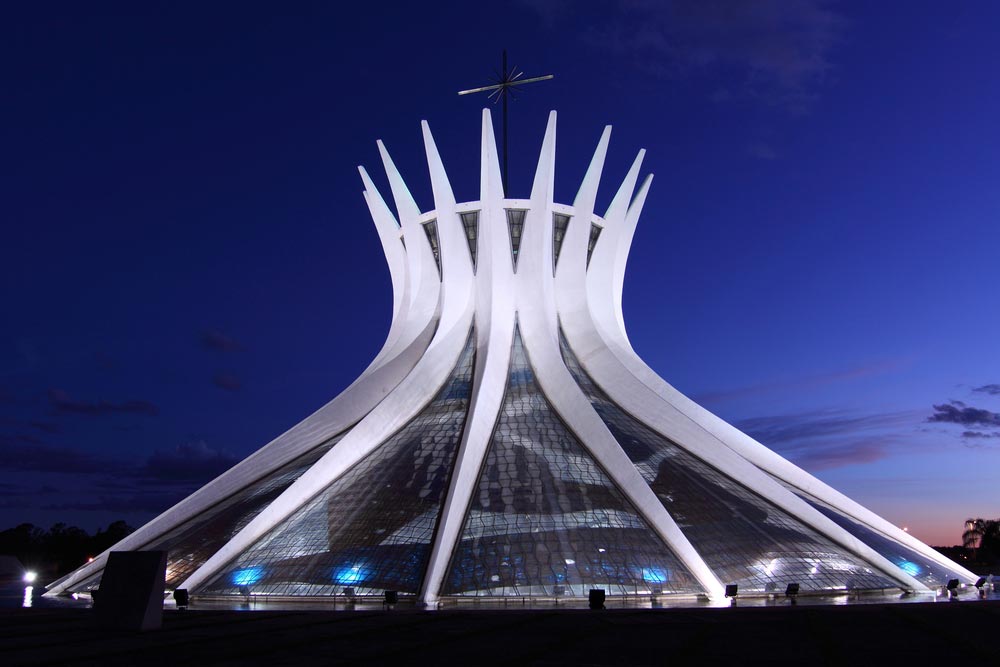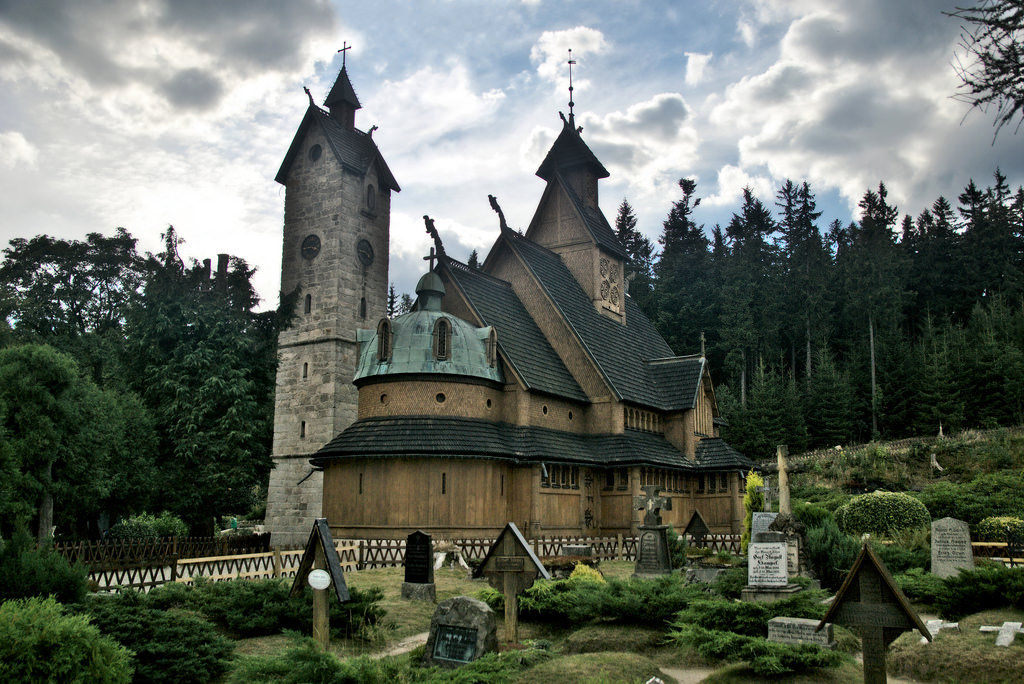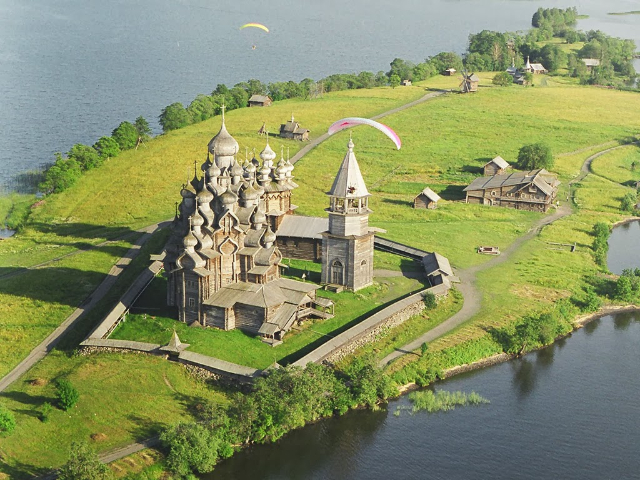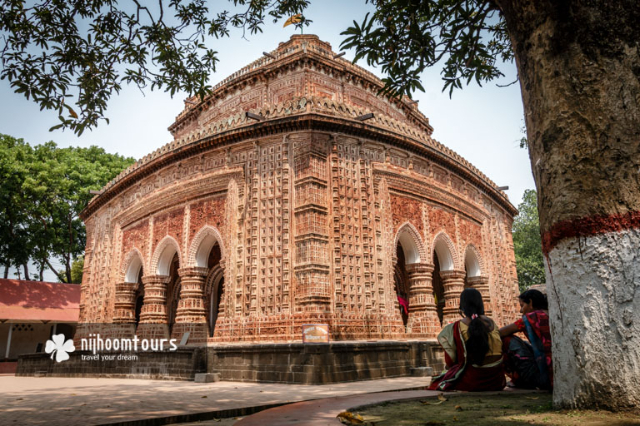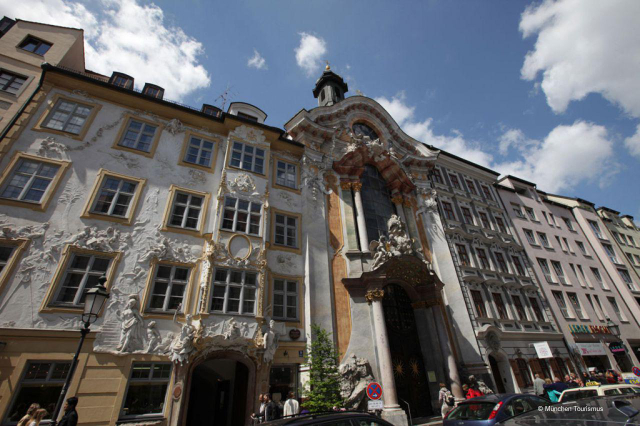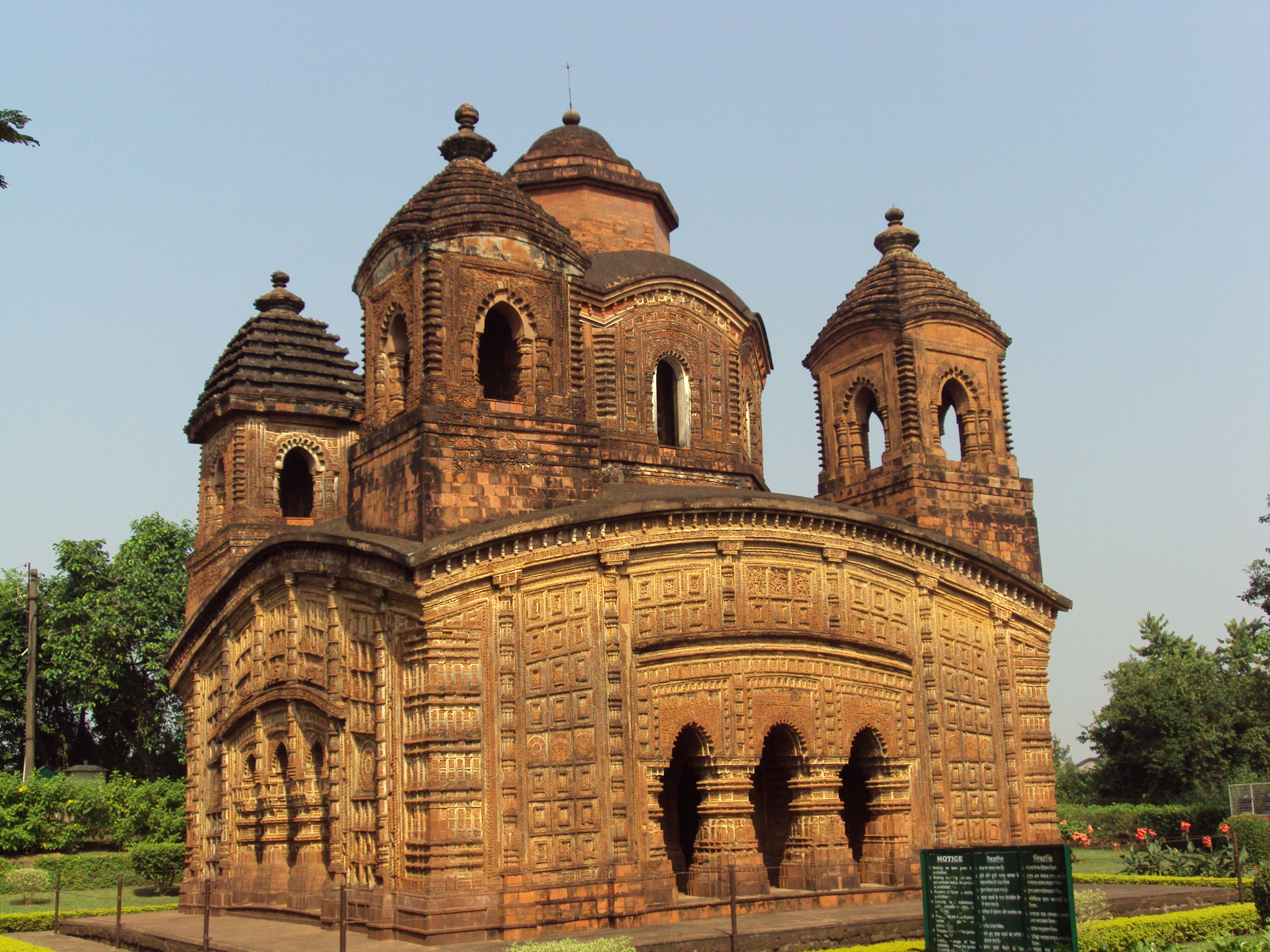The Church of Santa Maria Donnaregina Nuova is located in Archbishopric Square.
It was built in the 17th century to meet the requests of the nuns of the Church of Santa Maria Donnaregina (old) who wanted a larger building than the one they were in, which had been damaged by time and earthquakes.
The project was by Giovanni Guarino, and once the structure was completed, largo donna regina and the hall connecting the facade to the square were built. The place of worship was officially consecrated by Cardinal Caracciolo in 1649. Later, in 1727 the body of Mary of Hungary, foundress of the old monastery, which was damaged in the 19th century due to construction work on Via Duomo, was transferred to the new church. In the same century the church passed into the ownership of the municipality of Naples, which kept the church for several years.
In 1928 it was restored by Gino Chierici, who eliminated the link connecting the apse of the old church with the tribune of the new one. This intervention caused the presbyterial wall of the new one to advance about 5 meters, so as to free the apse of the old one, previously incorporated into the new structure.
It was taken over in the years 2004-2005 by a total state of neglect and looting of the works of art in it.
While an unauthorized relocation of much of the walnut-root furniture was initiated in 1972 in the aftermath of the ceased use of the premises by the Archconfraternity of St. Mary of the Visitation2.
Also lost forever are the canvases by Giuseppe Pesce once placed at the doorways of the nave before and after the commons. The last significant structural alteration dates back to 1764 and in any case cannot be directly linked to the balances made by the economic secretary of the Poor Clare nuns. Much of the tiled floor was stolen during the 1872 foundation restoration.
In 2008 the building became home to the Diocesan Museum of Naples.
The facade, preceded by a piperno and marble staircase, rises divided into two orders with marble Corinthian pilasters and a pierced tympanum, in the center of which is aediculae. The portal is framed between two Corinthian columns, while statues of St. Andrew and St. Bartholomew stand at the sides. At the top, however, we find three large windows at the main portal and the two niches.
